 Paperless logistics: Efficiency, cost savings and sustainability
Paperless logistics: Efficiency, cost savings and sustainability
Planning routes with electric vehicles
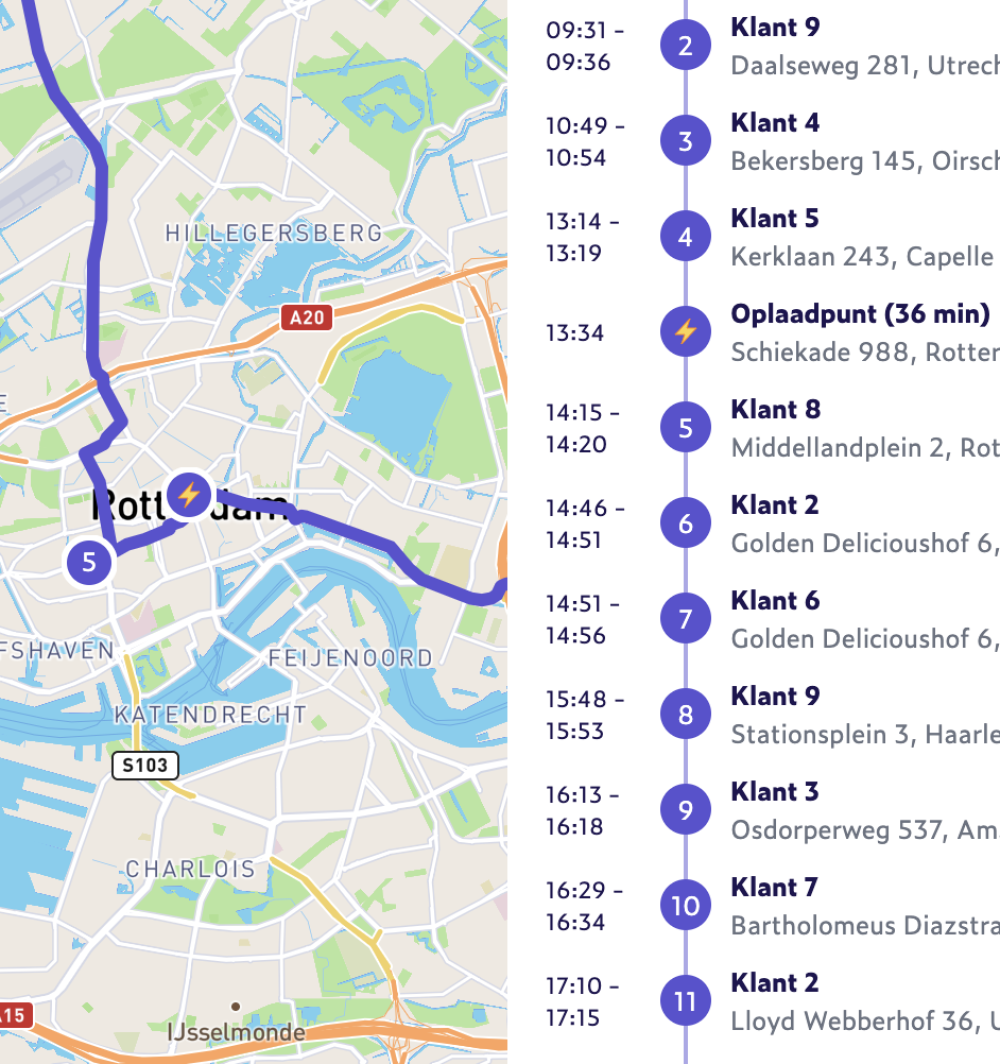
Challenges of Electric Driving
1. Limited Range
Electric vehicles often have a limited range, making recharging on the go necessary, especially if you want to combine both inner-city and outer-city logistics.
2. Charging on the Road
When planning routes, you need to know where convenient and available charging stations are located so you can charge on the go without wasting valuable time and extra miles.
3. Zero-Emission Zone Addresses.
It is important to know which addresses are in zero-emission zones and which are not, as this affects the type of vehicle you should use for each task.
4. Communication with Clients
Calculating an accurate ETA and informing customers of the expected arrival time is challenging, given the variability in load times along the way.
5. Mixed Fleet
In many cases, your fleet consists of both electric and non-electric vehicles, making route planning more complex.
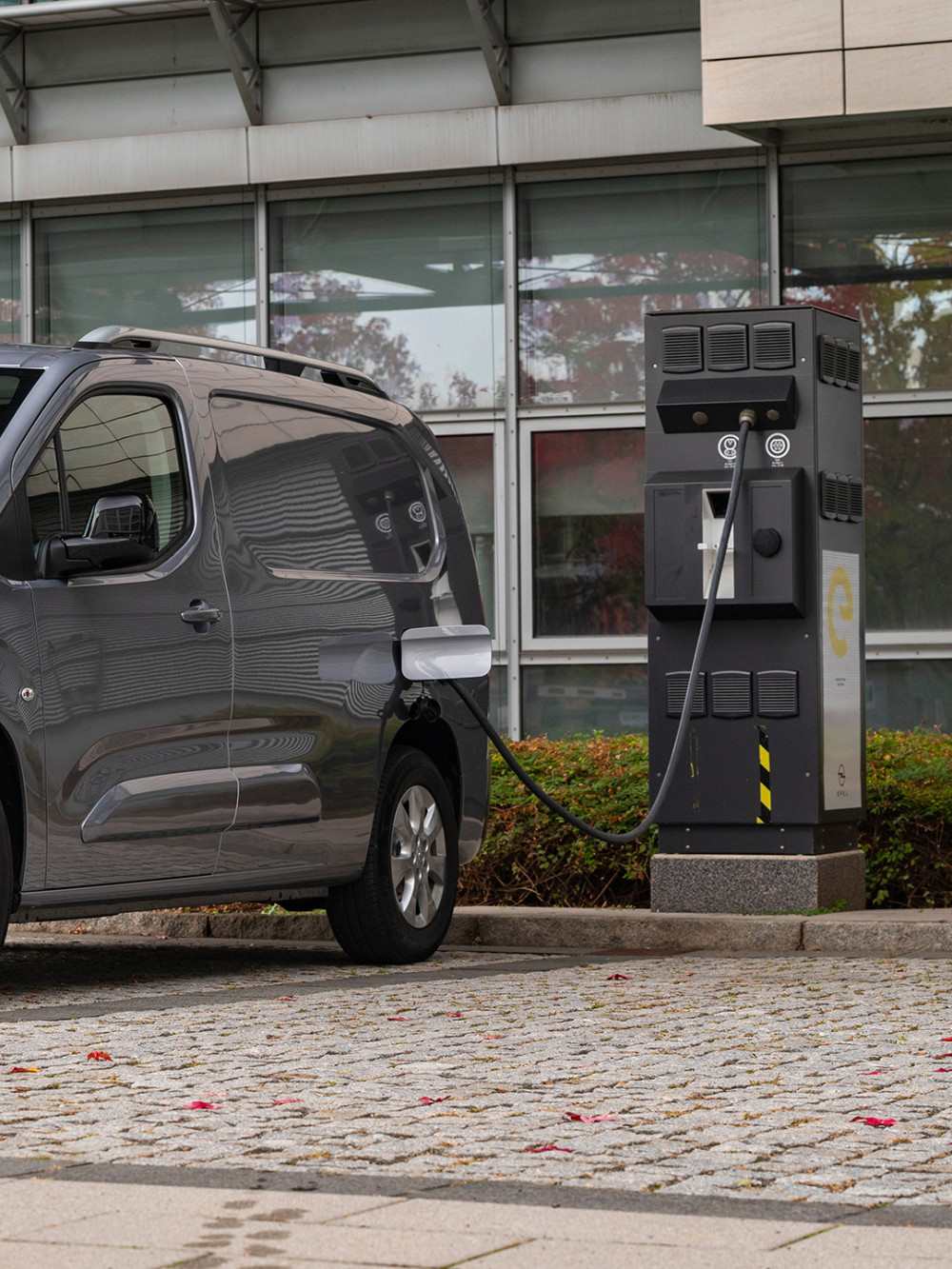
Planning optimal routes for electric vans
Are you planning or have you already purchased some electric delivery vans for delivering your order? Then planning routes for these vehicles is one of your next challenges. The limited range means you can't plan as you used to.
Your routes become shorter or you choose to load on the go. The latter is a challenge. What is the best charging station to choose to charge your electric vehicles? After all, you don't want to spend too much time and drive extra miles, to charge electrically. You have to switch between different systems; your route planning software as well as where to find charging stations. Then there is the question of whether the charging station is available, fast enough and suitable for your type of vehicle.
Because charging on location also takes time and you do not yet include this in your route planning, the reported arrival time at your customers is also incorrect or inaccurate.
Driving routes with electric vans is complicated but not impossible. How does this work optimally? You can read about that below.

Planning routes with charging stations
One of the challenges with driving routes with electric vehicles is charging your vehicle along the way. In most cases, you can charge the vehicle 100% during the evening and night at your business location. By doing so, you at least start your route with the highest possible range, but at some point there is a chance that you will need to recharge along the way.
There are also cases where it is not possible to fully recharge at a fixed company location. For example, because there is too little or no capacity available at the location where the vehicle is parked. In these cases, you also want to charge on the road.
By combining route optimization software with charging station infrastructure, you get the best of both worlds. An optimal route that takes into account the vehicle's range and which charging station to charge at.
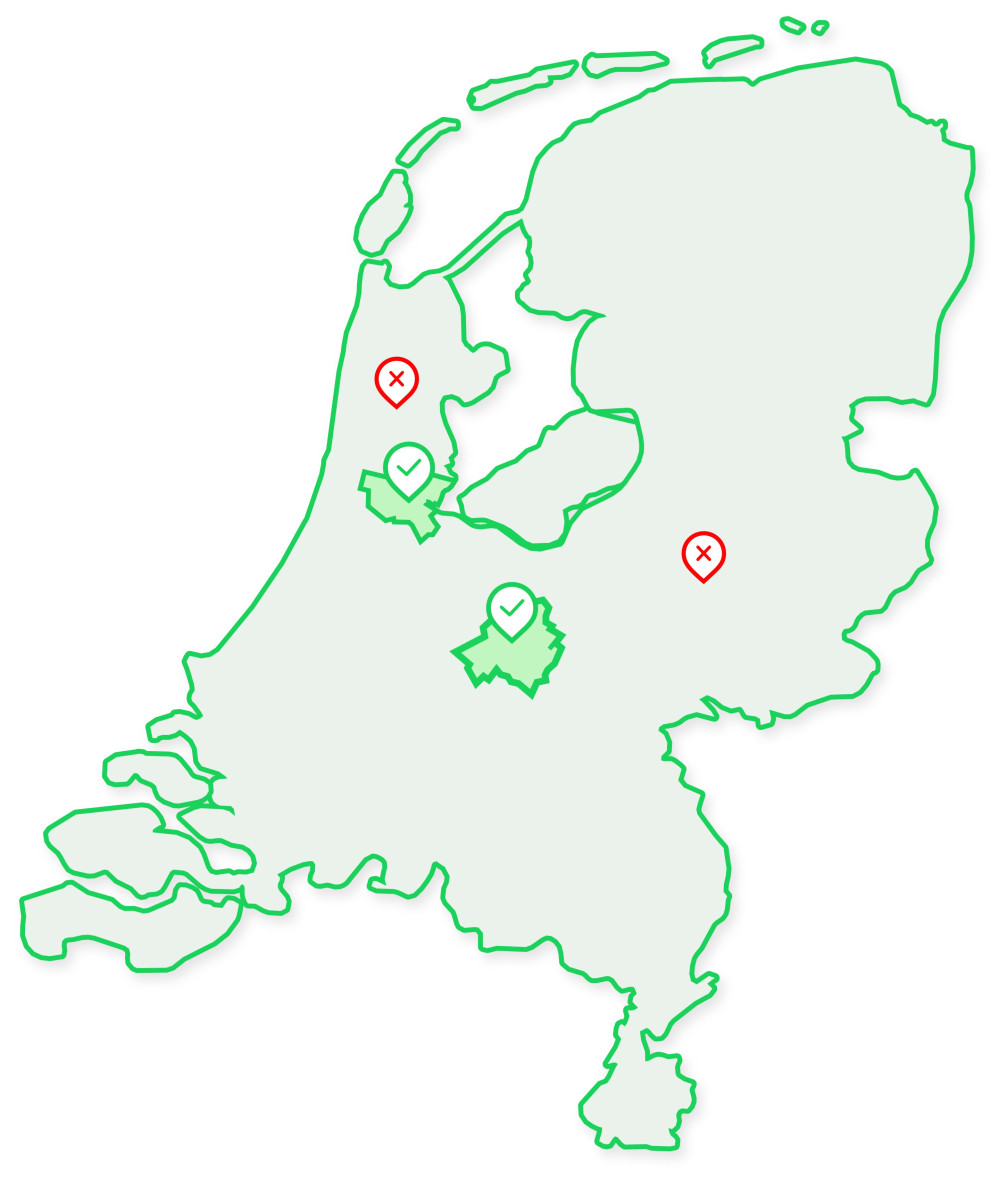
Zero-emission zone addresses
It is not necessary for all your delivery addresses to be delivered with a zero emission vehicle. If an address falls outside a zero emission zone, you can still deliver it with a diesel (or petrol) van.
By distinguishing between addresses in zero emission zones and outside these zones, you can schedule your assignments in an appropriate vehicle. It's a puzzle if you have to do this manually, though. When you also work with time slots, creating routes has become a complex logistical puzzle.
Make sure that addresses are automatically recognized and that you can easily see which vehicles are suitable for bringing assignments to a zero emission zone or not. That way you can choose whether to deliver only inner-city addresses with zero emission vehicles or to include suburban addresses on your route. It makes your logistics operation a lot more efficient.
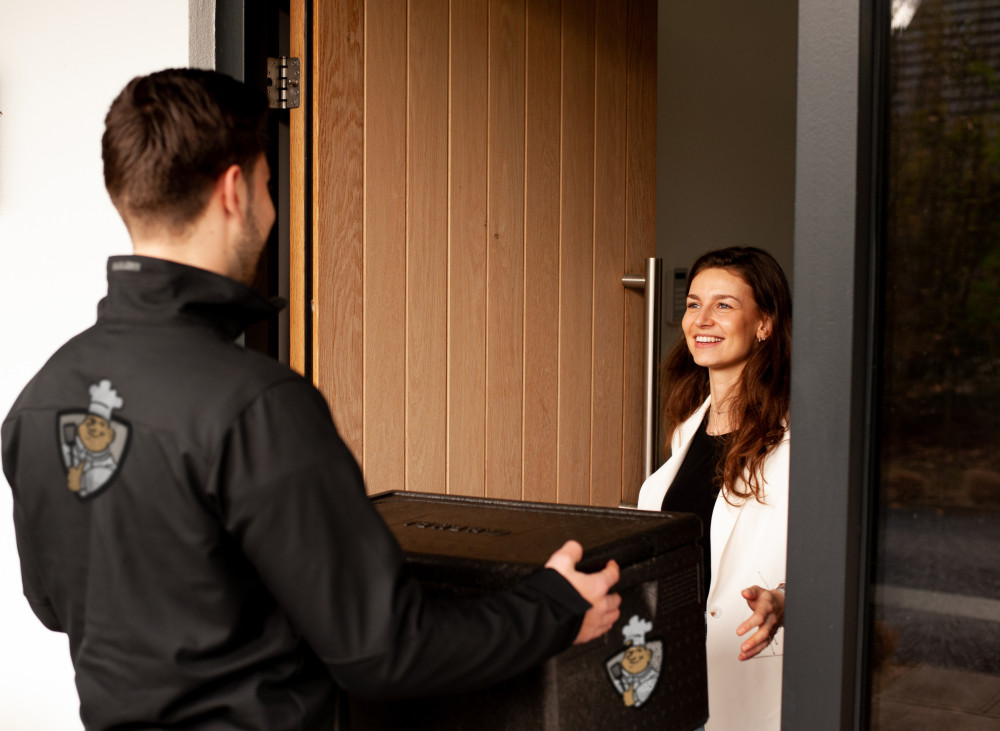
Communication of arrival times with your customers
Once you run routes with electric vans, it is a challenge to communicate even accurate arrival times (ETA) to your customers. After all, you don't know how long it will take you to get from your route to the charging station, whether the charging station is free and how long you need to charge to continue your route. A scheduling software that doesn't take vehicle charging into account is unable to adjust the ETA you communicate to your customers accordingly.
You can communicate wider time slots to your customers, but research shows that customers don't like this. So it's not a real solution. You can, however, take your customer and explain that you deliver sustainably and that you therefore need to load on the road. This will create understanding with your customer. The best thing is to plan routes with software that automatically includes charging stations on your route and accurately communicates this arrival time to your customers.
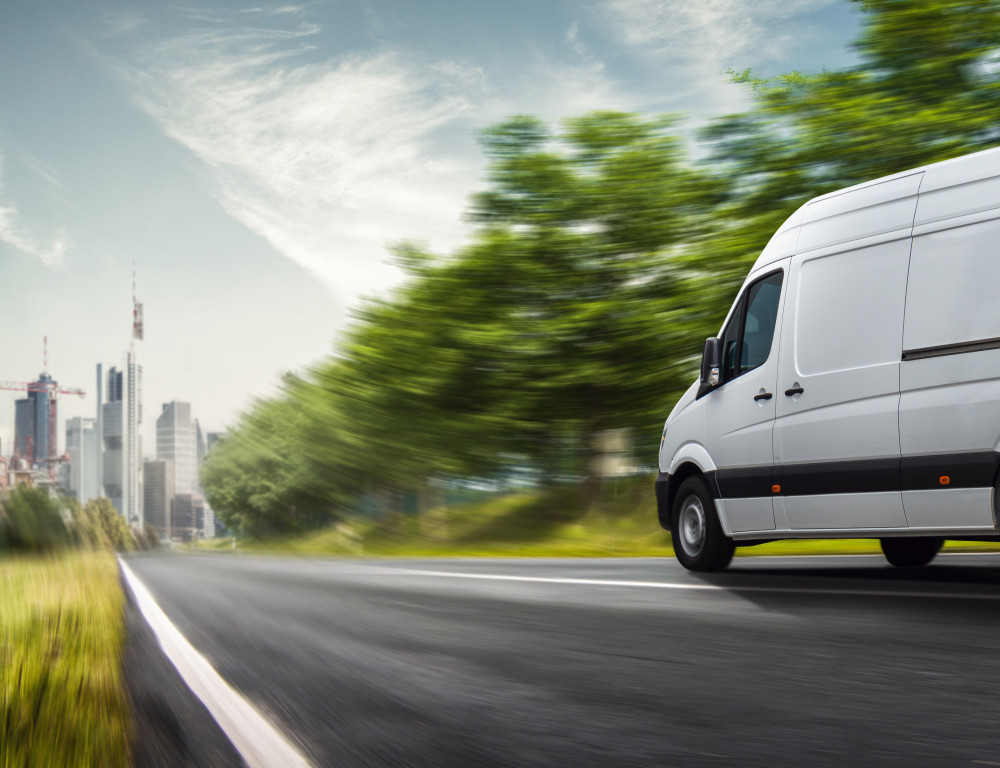
Mixed fleet
In many situations, your fleet will not consist only of electric vehicles. After all, you need time to make this investment, but it is by no means always necessary to colour your entire fleet. Once you know what percentage of your delivery addresses fall into a zero-emission zone, you can calculate roughly how many electric vehicles you will need. A handy tool developed for this purpose can be found here: www.zero-emissiecheck.nl
By smart planning and assigning the right orders with the right vehicle, it becomes possible to run your logistics operation with a mixed fleet. With software that automatically schedules orders into a suitable vehicle, you save a huge amount of time.

Route optimisation software for electric vans
RouteLogic is route optimisation software that creates the best routes for you with the most accurate arrival times.
- Automatically incorporates available charging stations into your routes
- Clear loading instructions for your drivers
- Clear communication to your customers with correct ETA that takes loading time into account
- Automatic visibility of whether an address is inside or outside a zero emission zone
- Automatic scheduling of zero emission addresses in zero emission vehicles
- Ability to charge multiple times en route
- Taking smart charging strategies into account
- Possibility of scheduling mixed fleets (diesel and electric) at once
Prepare for the future of electric mobility and optimize your route planning with RouteLogic. Try RouteLogic now and discover the benefits for your electric vehicles!
Related articles
 Paperless logistics: Efficiency, cost savings and sustainability
Paperless logistics: Efficiency, cost savings and sustainability
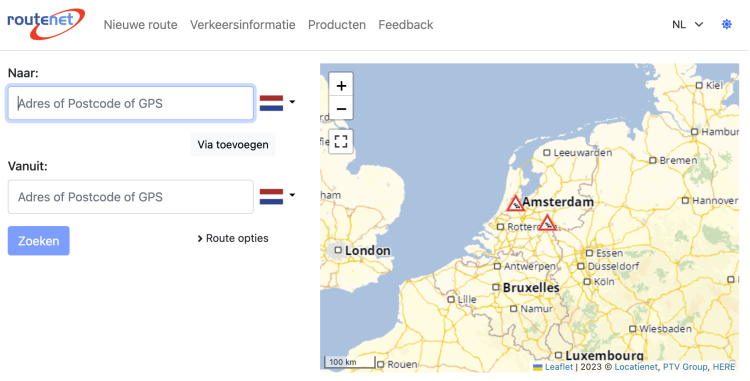 Alternative to Routenet route planner
Alternative to Routenet route planner
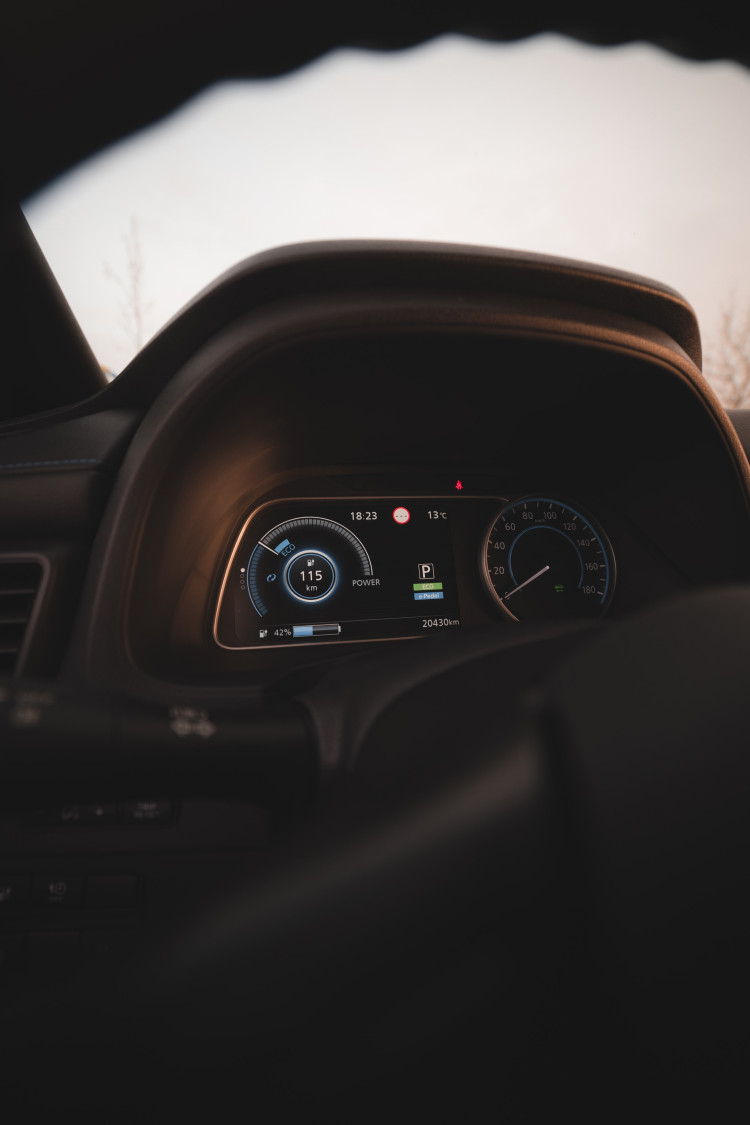 Electric van subsidy 2023
Electric van subsidy 2023